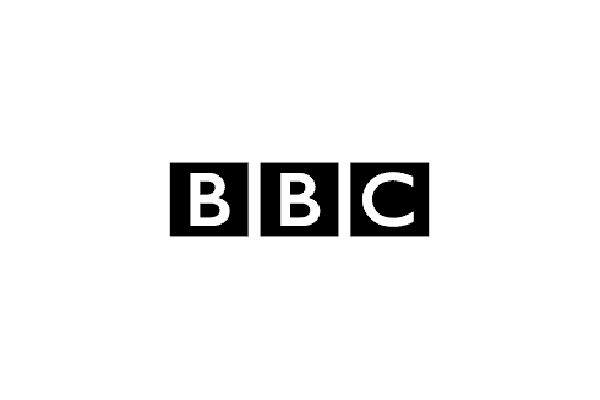These have no set repayment period, which means you can decide how much to pay off and when you’ll pay it.
The loan can be repaid whenever your funds become available, for instance, when your house sells or your inheritance probate clears. These tend to charge higher interest rates because they are riskier for the lender.











